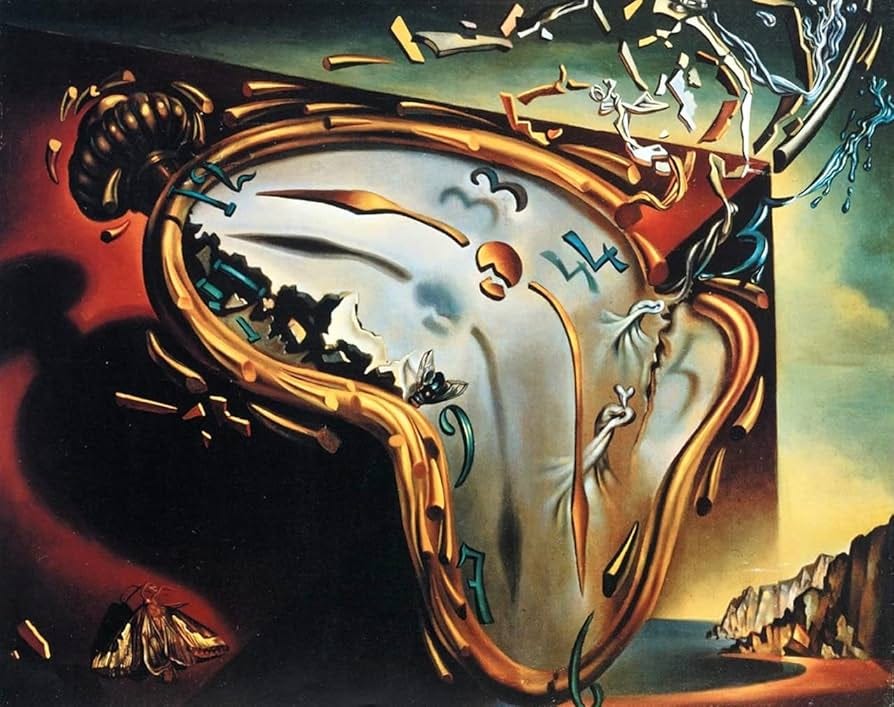The Foundations of Time
An analysis of the Background Pt. 2
The concept of time has taken an equally circuitous route through the annals of philosophical discourse. In the broadest sense, it can be defined as that within which change takes place. Any entity that can experience change does so in time.
The act of thinking is alone difficult without some reference to time. Most human languages have temporal tenses embedded within their grammatical structures. In addition, different languages describe intervals of time distinctly as well based on cultural necessity.
For the individual, time is closely associated with the faculty of memory. Our sense of identity is built upon the multitude of experiences, pleasant or otherwise, that we have had in our past. The continuity of memory through time forms the basis of the self. For this reason, masters of meditation and psychedelic excursionists seek out the illusive “ego death” in which one becomes united with the world in a blissful present.
On a broader level, the realm of history has been greatly influenced by philosophical takes on time. These range from the cyclical renewal of the Mandate of Heaven described by the Ancient Chinese to the progressive dialectic of class struggle espoused by Karl Marx. Indeed, the notion that time is moving towards some final climactic state is nothing new and is echoed in the messianic prophecies of religious faiths.
Humanity’s most original encounter with time consisted of celestial and environmental episodes: the rise and fall of the sun, the passing of the seasons. Along with this came the regulation of human activity in, for example, the preparation of the harvest or the tracking of migratory animals.
It is no exaggeration to say that life and death in antiquity depended on being able to tell time properly. Towards this imperative, rudimentary clocks were invented like sundials and hourglasses. Any clock is a physical system in which an identical sequence is constantly repeated at regular intervals. Time is measured by relating the duration of an occurrence to the designated periods on the clock.


